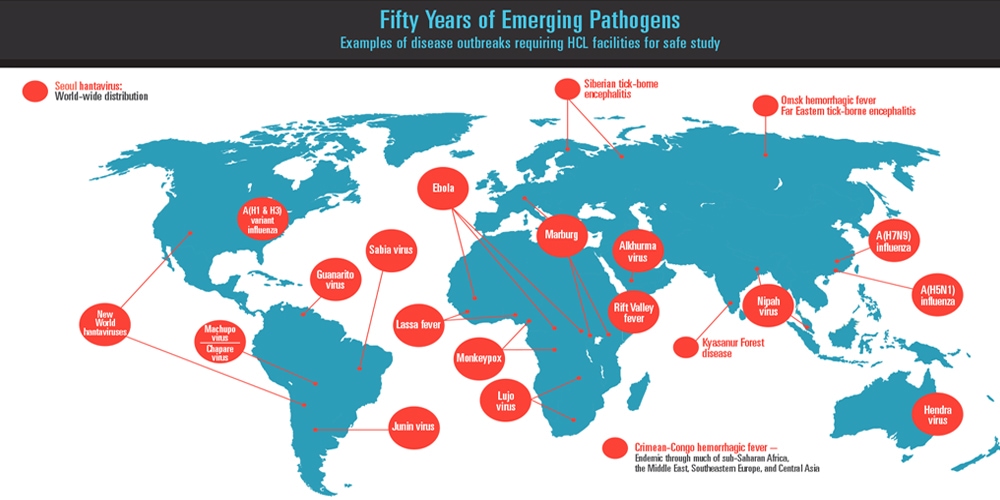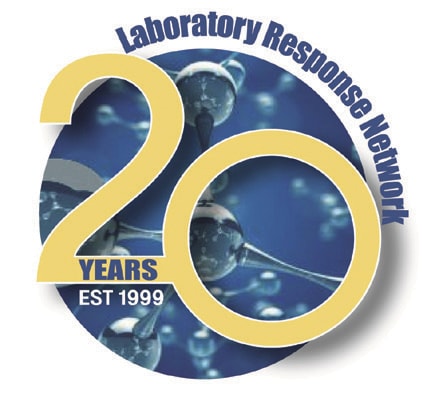Observing significant milestones
In 2019, while the world heralded the 50th anniversary of Apollo and the first moon walk, NCEZID highlighted two important historic accomplishments, both involving laboratories—the backbone of what we do.

CDC’s high-containment laboratories: Making the world safer for half a century
2019 marked the 50th anniversary of CDC’s high-containment laboratories (HCL), spaces where our scientists study some of the world’s deadliest diseases, including Ebola, smallpox, and new types of influenza. Though the design, space, and research capabilities of the HCLs have changed over the years, CDC’s commitment to stopping infectious diseases and making the world safer for Americans and others around the globe hasn’t. CDC’s fifth HCL, funded in fiscal year 2018 and slated to open in 2025, will ensure CDC remains at the forefront of disease response and discovery.
Laboratory Response Network: Detecting public health threats for 20 years

In another 2019 milestone, the CDC-run Laboratory Response Network (LRN) marked 20 years of detecting biological and chemical threats in the United States. This constellation of federal, state and local public health, and clinical laboratories plays a crucial role in public health emergencies. CDC trains LRN laboratory scientists to perform CDC-developed and deployed tests so that the nation has high confidence in these high-consequence results.
